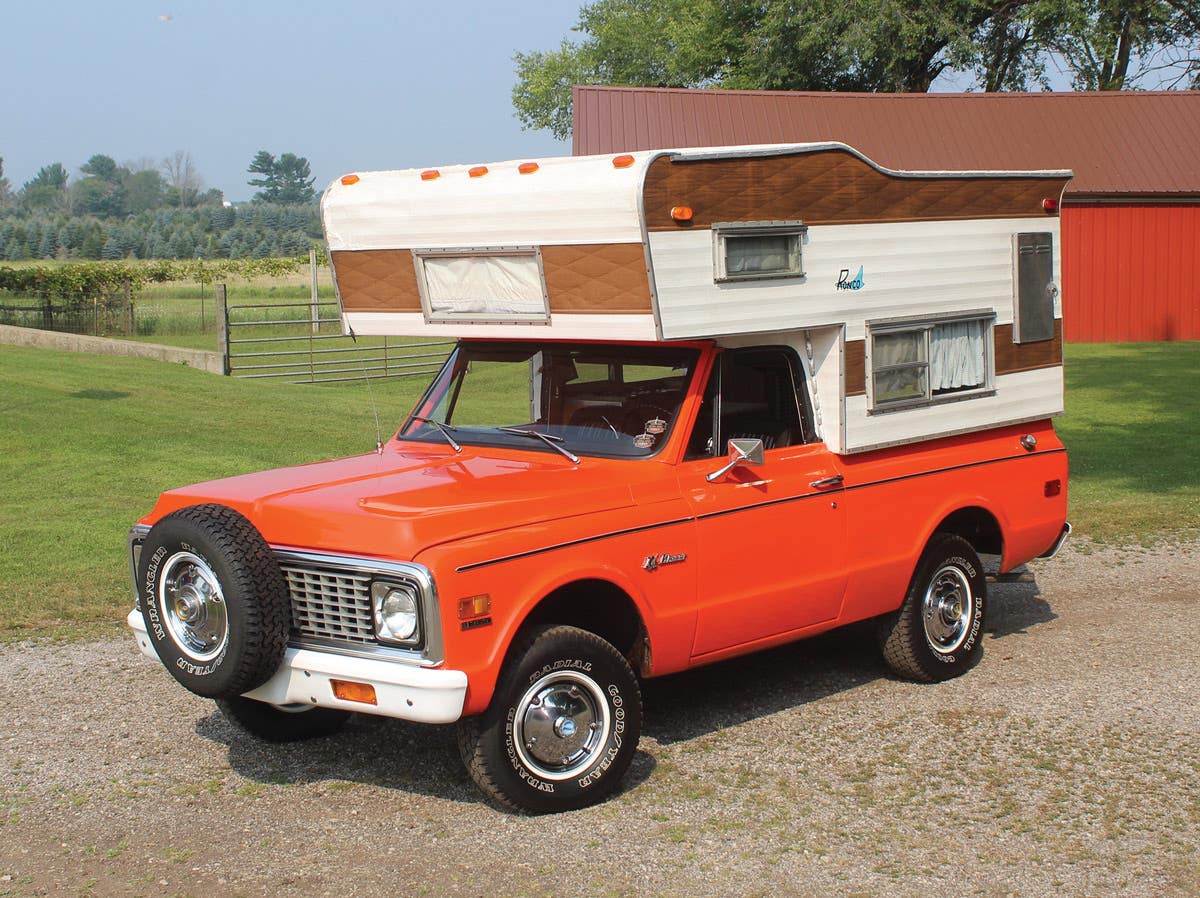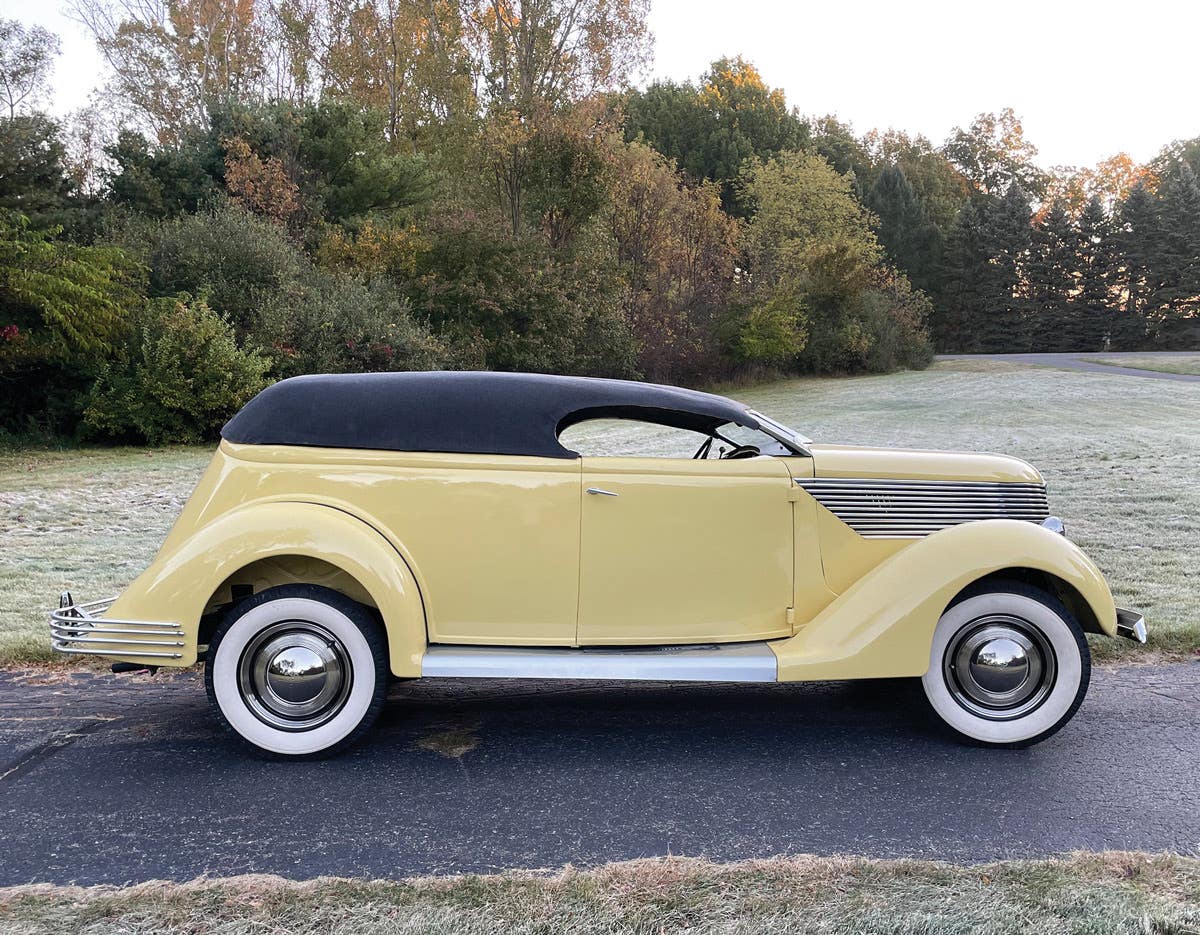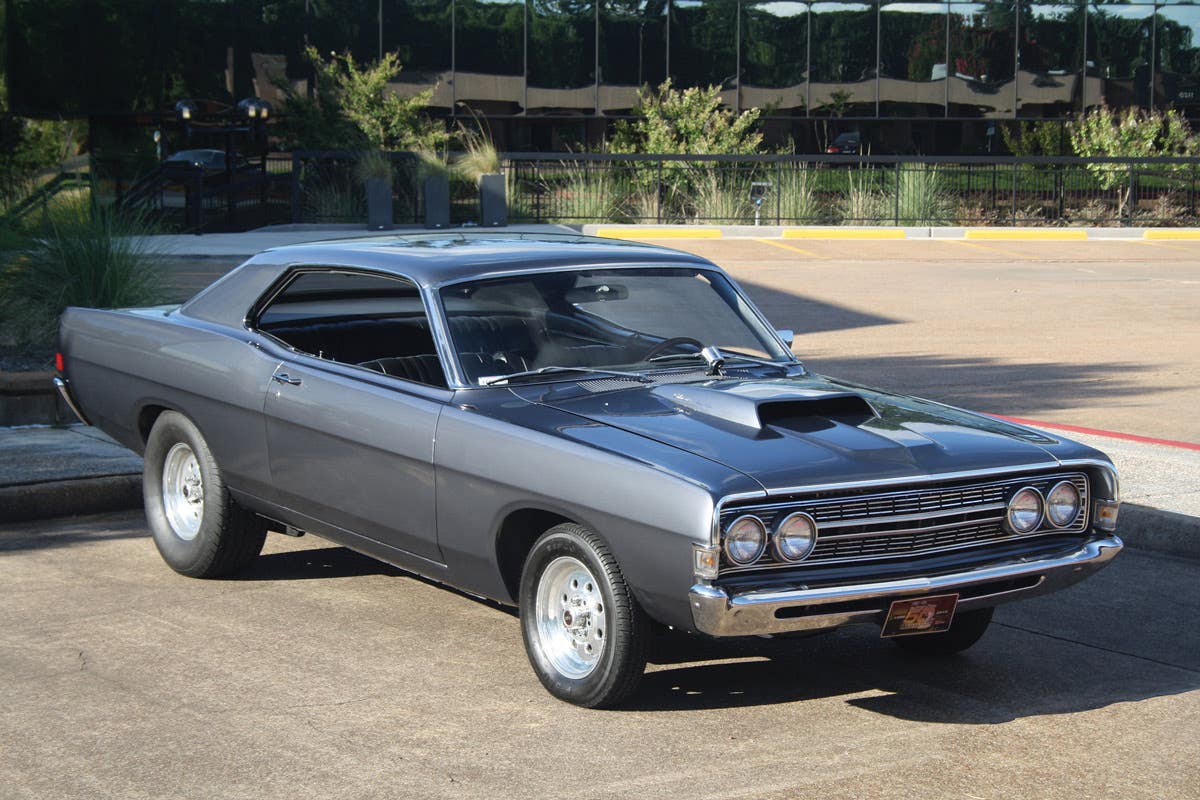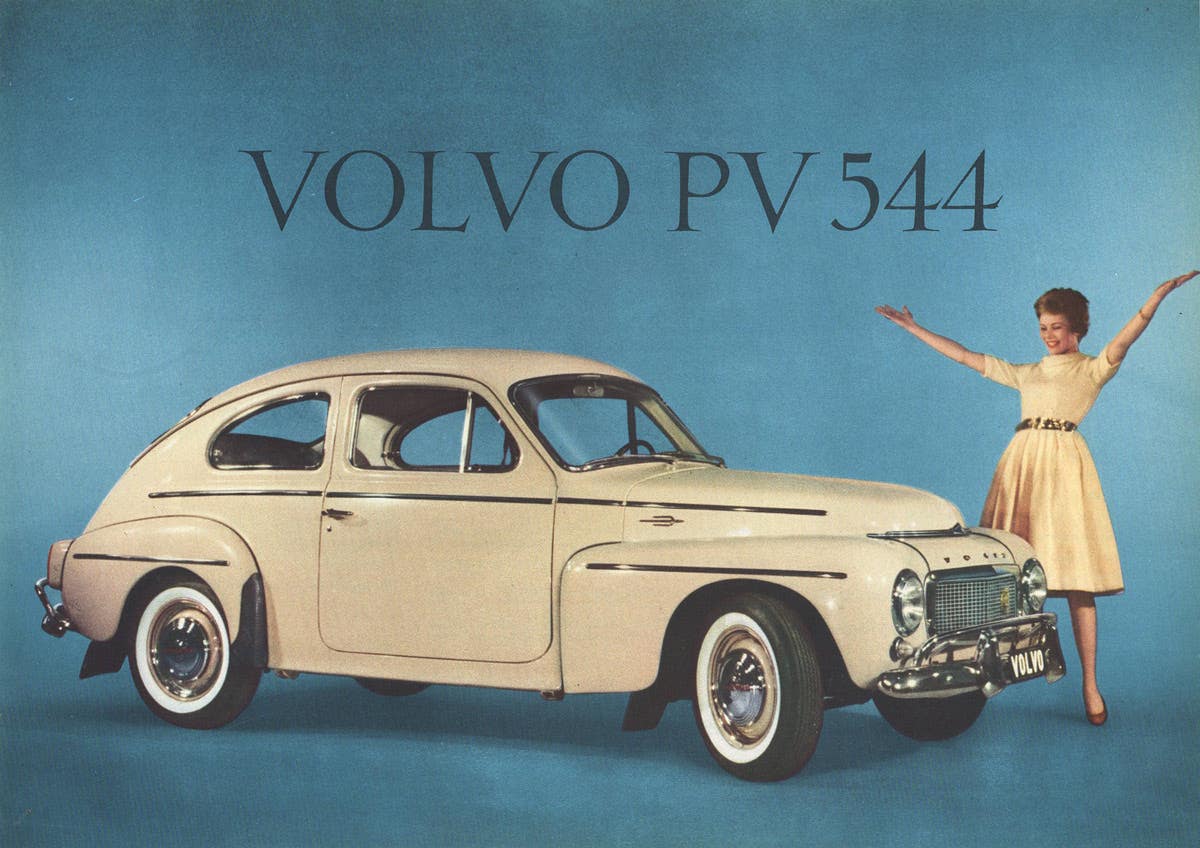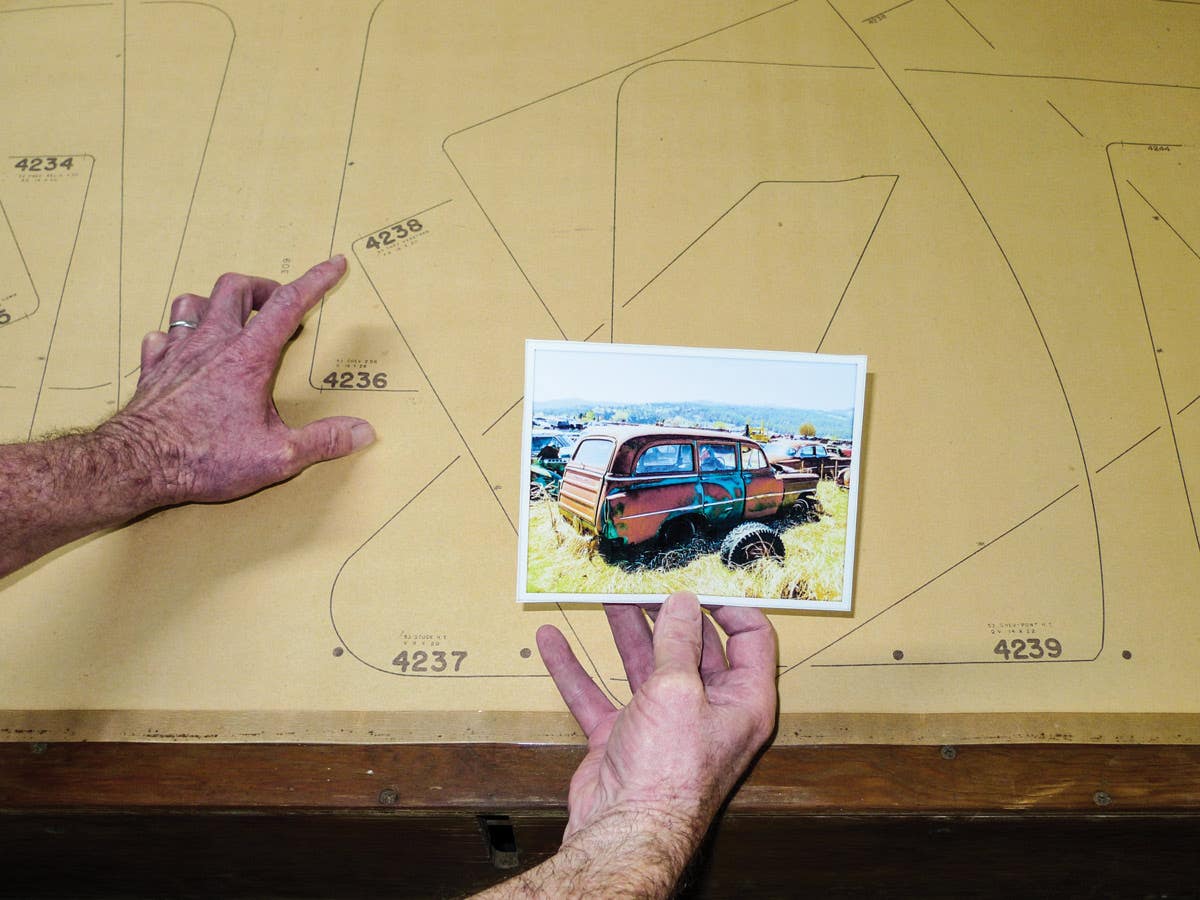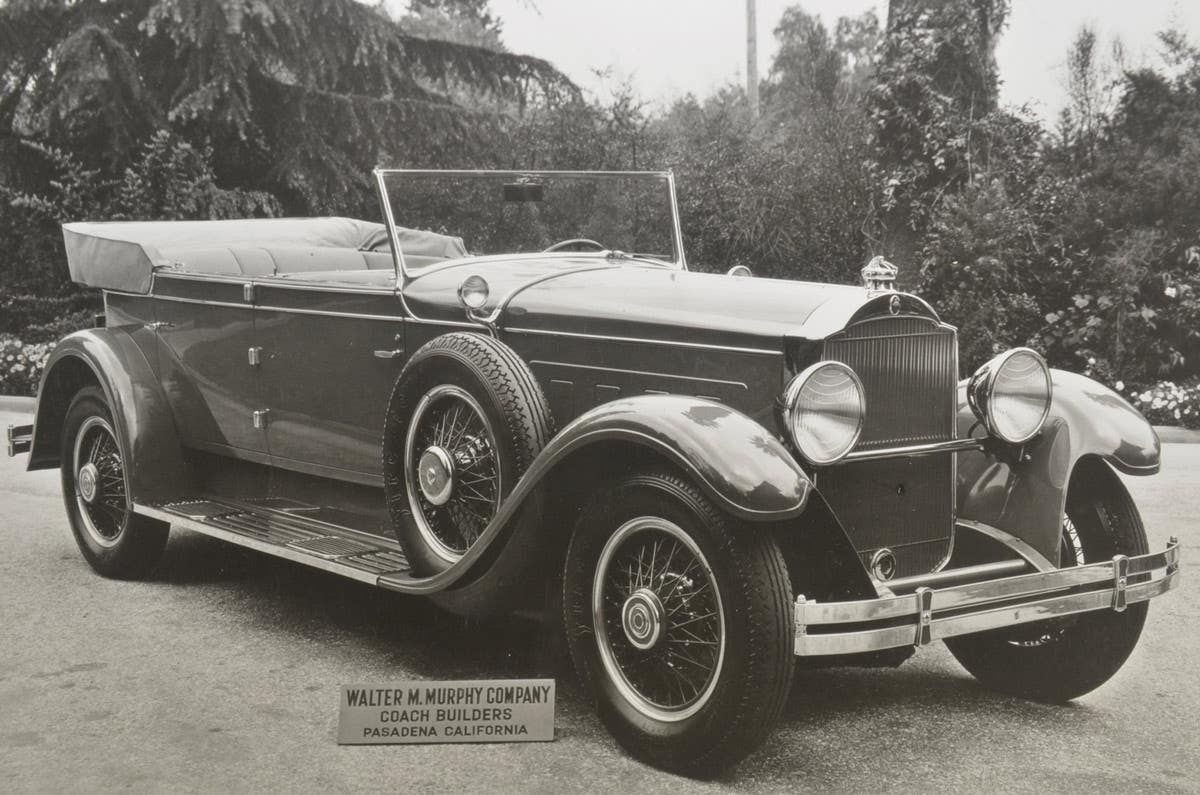Q&A with Kit Foster: Feb. 13, 2009
Get answers to your car questions, or help someone else answer theirs.
Q. In the Dec. 4 “Q&A,” you note that an electric fuel pump requires a switch to turn it off when the engine stops. Why? I’ve had aftermarket electric pumps on some of my vehicles over the years and never had a problem as that’s what the float does. Chuck Klein, Cincinnati, Ohio
A. I said you should have a shut-off switch, not that the pump requires it. A mechanical pump driven by the engine will stop by itself when the engine quits. An electric pump without a safety switch will continue to run. Normally, as you say, this creates no problem since the float shuts off gasoline flow into the carburetor. If, however, you have a break in a fuel line, the pump could soak the engine compartment with raw fuel, creating a fire hazard.
Q. I purchased a 1951 Ford convertible with a Ford 302-cid V-8 and C4 transmission. It had been converted to 12-volt negative ground. I removed the unsightly under-dash gauges and installed a 12- to 6-volt reducer to the original gauges. The oil pressure and gas gauges work fine. The temperature gauge, however, moves from hot to cold when the ignition is turned on, and stays there. I’ve installed a NOS gauge, a new sending unit and the wiring is fine. Perhaps someone else has run into this problem before and can give me some advice.
Wayne Kvasnicka, Glade Hill, Va.
A. I’ll bet you’re using a sending unit appropriate to your modern 302 engine. The gauge on your dashboard is a King-Seeley type, used in many old Ford products. It has a current coil that senses and averages the current flowing through it. The senders for the King-Seeley have contacts that open and close in response to engine temperature, creating a slowly pulsing current. More “conventional” senders, AC and Auto-Lite, vary their resistance in proportion to coolant temperature, and their dashboard gauges are constructed differently to respond to this. I don’t know if you can adapt an old-style sender to your engine, but if so it might be the easiest solution. In contrast to most other temperature gauges, the King-Seeley’s “off” position is Hot. Ford flathead V-8s used two sending units, one in each cylinder head. The two senders are different: one has a single terminal, the other has two terminals. They were connected in series. You will need the single-terminal type for your application, which, I believe, uses only one sender.
Q. Regarding Daryl Lewis’ question (Nov. 27 “Q&A”) about his 1957 Chevy 150 four-door, I’m the Florida rep for Eckler’s Classic Chevy and have knowledge and literature on 1955, ’56 and ’57 Chevys. The production figures also appear in the book How to Restore Your 1957 Chevy by Denny Williams and Harold Louisiana. The numbers show Chevy built 8,935 cars at Kansas City in August 1957, an average of 280 per day. If they were working seven days a week, his car would have been built around the 25th. A paint code of “S” would be special order, such as a fleet account that was buying a large number of vehicles painted the same color. They would not do this for just one car. All ’57s with two-tone paint would have only the top in the second color. A special order for a fleet could have been painted any color desired. The back seat could have been deleted at the factory or taken out later. The 150 two-door Utility Sedan did not have roll-down rear windows. Mr. Lewis’ car probably does. The trim code doesn’t match up with anything I have. All ’57 150s had trim code 650, which was black and grey cloth and black imitation leather. All ’57 trim codes were in the 600 series. The body number he has is the Fisher Body number, and I’ve never found any tie-in with VIN codes. Also, these numbers never go as high as VINs go. It appears they would start numbering again at various times, not in a specific sequence as do the VINs. He shows the style number as 5-1219. The 1219 is a 150 four-door, but it should have a “57” prefix. Maybe the “7” is not stamped firmly enough to be visible after 52 years. Don Allen, Winter Haven, Fla.
A. Thanks. Mr. Lewis said his paint code was blank, which may mean the same as special order. As for body numbers, some manufacturers numbered and renumbered bodies within months or even days. Chrysler, for example, in the 1960s assigned numbers to bodies scheduled to be built on specific days, starting over each day, so a complete body number must be combined with a schedule order (“SO”) code to be complete. The ’57 Chevy restoration book with production figures is available from Eckler’s Classic Chevy Int., 500 S. Washington Ave., Titusville, FL 32780, www.classicchevy.com.



